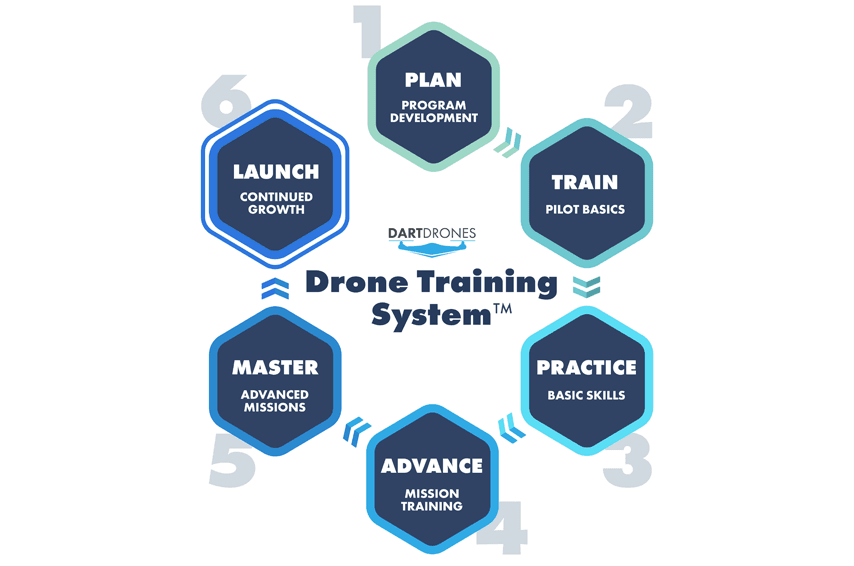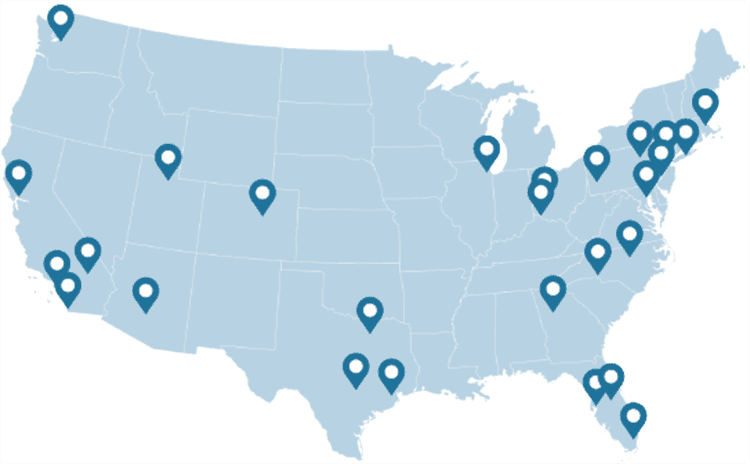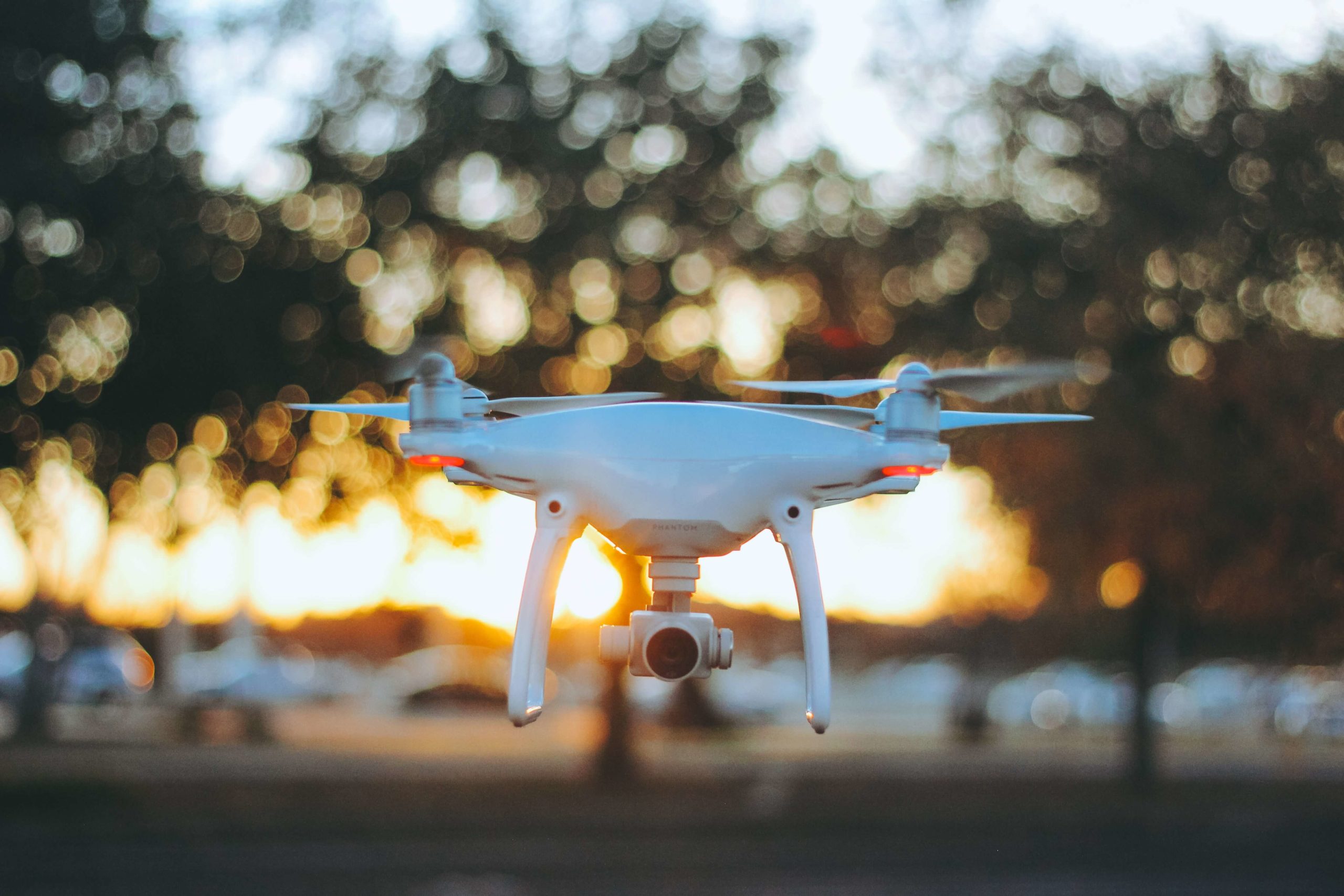
FAA Drone Test: Explanations to 15 Most Difficult Questions
If you’re feeling some butterflies about taking the FAA drone test, wondering how difficult the questions might be, don’t worry, you’re not along and we’ve got you covered!
Let’s decode 15 of the most difficult types of questions you might face on the FAA Part 107 drone exam.
These questions were taken from DARTdrone’s practice test included in our test prep course, which are meant to be more challenging than the formal FAA drone exam to ensure you have mastered the topics.
1)An aircraft announces, “left downwind for runway one six.” This means the aircraft is on a heading of:
A. 280 Magnetic
B. 340 Magnetic
This question draws on your knowledge of runway orientation. Runways are oriented based on prevailing winds and compass degrees.
Runway one six is at an orientation of 160 degrees. This pilot is on the left side, parallel and downwind of that runway, so he is on a heading of 340 degrees, 180 degrees opposite of his intended 160 degree runway.
C. 090 Magnetic
2) What are the characteristics of stable air?
A. Poor visibility and intermittent precipitation
B. Poor visibility and steady precipitation
The poor visibility is due to particles in the air that are unable to rise, therefore they just sit in place, not moving or being swept away by turbulent air. Don’t be fooled by the terms “stable” and “good” as having similar connotations.
C. Good visibility and steady precipitation
3) The suffix “nimbus, used in naming clouds, means:
A. A rain cloud
Nimbus clouds are rain-bearing clouds.
B. A low-level cloud containing pellets
C. A cloud with extensive vertical development
4) A nonfrontal, narrow band of active thunderstorms that often develop ahead of a cold front is known as a:
A. Dry line
B. Squall line
These thunderstorms are a precursor to an impending cold front. They form a line that can be miles across, fed by the warm air being pushed ahead by the colder air.
C. Prefrontal system
5) (Refer to Figure 2) If a UA weighs 33 lbs, what weight would the airplane structure be required to support during a 30 degree banked turn while maintaining altitude?
A. 38 pounds
Find the degree of bank and multiply the weight of the aircraft by the load factor.
B. 34 pounds
C. 47 pounds
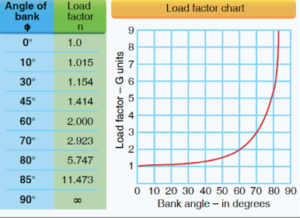
6) (Refer to Figure 21, Area 2) You have been hired to perform an inspection of the tower 1NM east of Garrison (D05). How high can you fly above this tower before an airspace authorization would be required?
A. Authorization required at the surface
B.699 ft AGL
This flight takes place in Class E airspace whose floor begins at 700 ft. If you intended to fly above 700 ft, an authorization would be required.
C. 756 ft AGL
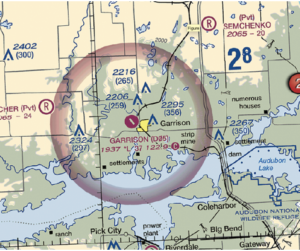
7. The lateral dimensions of Class D airspace are based on:
A. The number of airports that lie within the Class D airspace
B. 5 statute miles from the geographical center of the primary airport
C. The instrument procedures for which the controlled airspace is established
Class D airspaces’ lateral dimensions are individual to the instrument procedures in place for that specific airspace, and typically extend vertically from the surface to 2,500 above the airport elevation charted in MSL.
8) What is density altitude?
A.The height above the standard datum plane
B.The altitude read directly from the altimeter
C. The pressure altitude corrected for nonstandard temperature
Temperature and altitude, and air density have an inverse relationship; as the former increase, the latter decreases. Warm air is less dense than cold air, therefore providing fewer air molecules to aid in aerodynamics.
9. (Refer to Figure 26, Area 4.) You have been hired to inspect the tower under construction at 46.9N and 98.6W near Jamestown Regional (JMS). What must you receive prior to flying your sUAS in this area?
A. Authorization from the military
B. Authorization from ATC
The question must be read carefully, as there are no towers at exactly that point, however there is one tower that is under construction, and that’s what you’re looking for. This tower is in Class E surface airspace, which does require authorization from ATC. It is not in a military zone, and you would not ask for permission from the National Park Service. This is a tricky one.
C. Authorization from the National Park Service
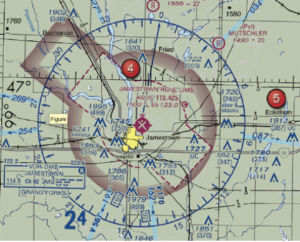
10) To avoid a collision with a manned aircraft, you had to climb your unmanned aircraft to 600’ AGL. To whom must you report this deviation?
A. Air Traffic Control
B. The Federal Aviation Administration, upon request
If the FAA requests a report of the incident, then you’d submit one. The ATC authorizes flights, and the NTSB becomes involved if there is a serious incident resulting in damage or injuries.
C. The National Transportation Safety Board
11) In which situation is advection fog most likely to form?
A. a warm, moist air mass on the windward side of mountains
B. an air mass moving inland from the coast in winter
Advection fog is most likely to form in coastal areas, with warmer air moving over the cold ground causing fog to form.
C. a light breeze blowing colder air out to sea
12) (Refer to Figure 76) What is the minimum altitude/elevation of the area depicted by the blue line labeled V71?
A. 1,200 feet AGL
This blue line is a Victor Airway, which are always within Class E airspace. The minimum altitude in Class E airspace is 1,200 feet AGL.
B. 700 feet AGL
C. 3,500 feet AGL
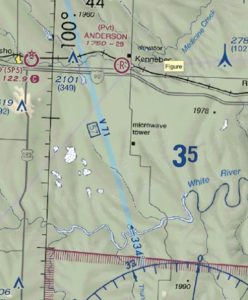
13) Crests of standing mountain waves may be marked by stationary, lens-shaped clouds known as:
A. Cumulonimbus clouds
B. Standing lenticular clouds
Lenticular clouds indicate high winds. It’s helpful to think of them as lens-ticular clouds to remember their characteristic lens shape.
C. Roll clouds
14) In the following METAR excerpt, what indicates wind conditions?
KNCA 130634Z AUTO VRB03KT 1SM +TSRA BR
A. 130634Z
B. AUTO
C. VRB03KT
Wind conditions are described here as variable at three knots.
15) What indicates the period the following TAF is valid?
KDFW 130520Z 1306/1412 17014KT P6SM FEW180
A. 130520Z
B. 1306/1412
The TAF is similar to the METAR except that it has a period of validity, in this case from 1302 to 1412. 130520Z indicates the date and time, and 17014KT indicates the direction and velocity of wind.
C. 17014KT
There are many topics on the FAA drone test that require more time, concentration, and invaluable extracurricular practice and study. Weather is a particularly important and lengthy subject that catches new pilots off-guard. Spend a little extra time on this, and chart interpretation. Sign up for DARTdrones Part 107 test prep and get access to complete modules that walk you through every subject. You’ll take a practice exam that provides 300+ test questions so you can focus your efforts on topics that need more attention.
Make sure to take your time and think critically about the questions being asked of you. They’re comprehensive puzzles to solve. You’re essentially learning a new language by training to become a drone pilot. Enjoy the process; you’ll retain more than you thought possible!
About the Author
 Sean has been a private pilot and commercial Unmanned Aerial Systems operator since 2015 and is an active member of the Civil Air Patrol. He is a Florida local, born in Daytona Beach and living in Orlando. After joining the Navy at the age of 19, he served a six year enlistment as a Nuclear Operator on the USS Harry S. Truman (CVN-75). Subsequent pivot points include Founder and Chief Executive Officer of Nautical Horizons, LLC, Chief Seismic Navigator for offshore oil & gas, a Masters Degree in Ocean Engineering with a design thesis, and a patent for ocean instrumentation devices.
Sean has been a private pilot and commercial Unmanned Aerial Systems operator since 2015 and is an active member of the Civil Air Patrol. He is a Florida local, born in Daytona Beach and living in Orlando. After joining the Navy at the age of 19, he served a six year enlistment as a Nuclear Operator on the USS Harry S. Truman (CVN-75). Subsequent pivot points include Founder and Chief Executive Officer of Nautical Horizons, LLC, Chief Seismic Navigator for offshore oil & gas, a Masters Degree in Ocean Engineering with a design thesis, and a patent for ocean instrumentation devices.
DARTdrones is the nation’s leader in drone training, program development and consultation, offering online and in-person courses in 40+ cities across the United States. DARTdrones takes pride in their comprehensive curriculum, developed by a former US Navy Helicopter pilot, as well as their 40+ flight instructors who are all manned and unmanned aircraft pilots. Visit us online at www.dartdrones.com, call 800-264-3907 or email the DARTdrones Team at [email protected] to learn more.




